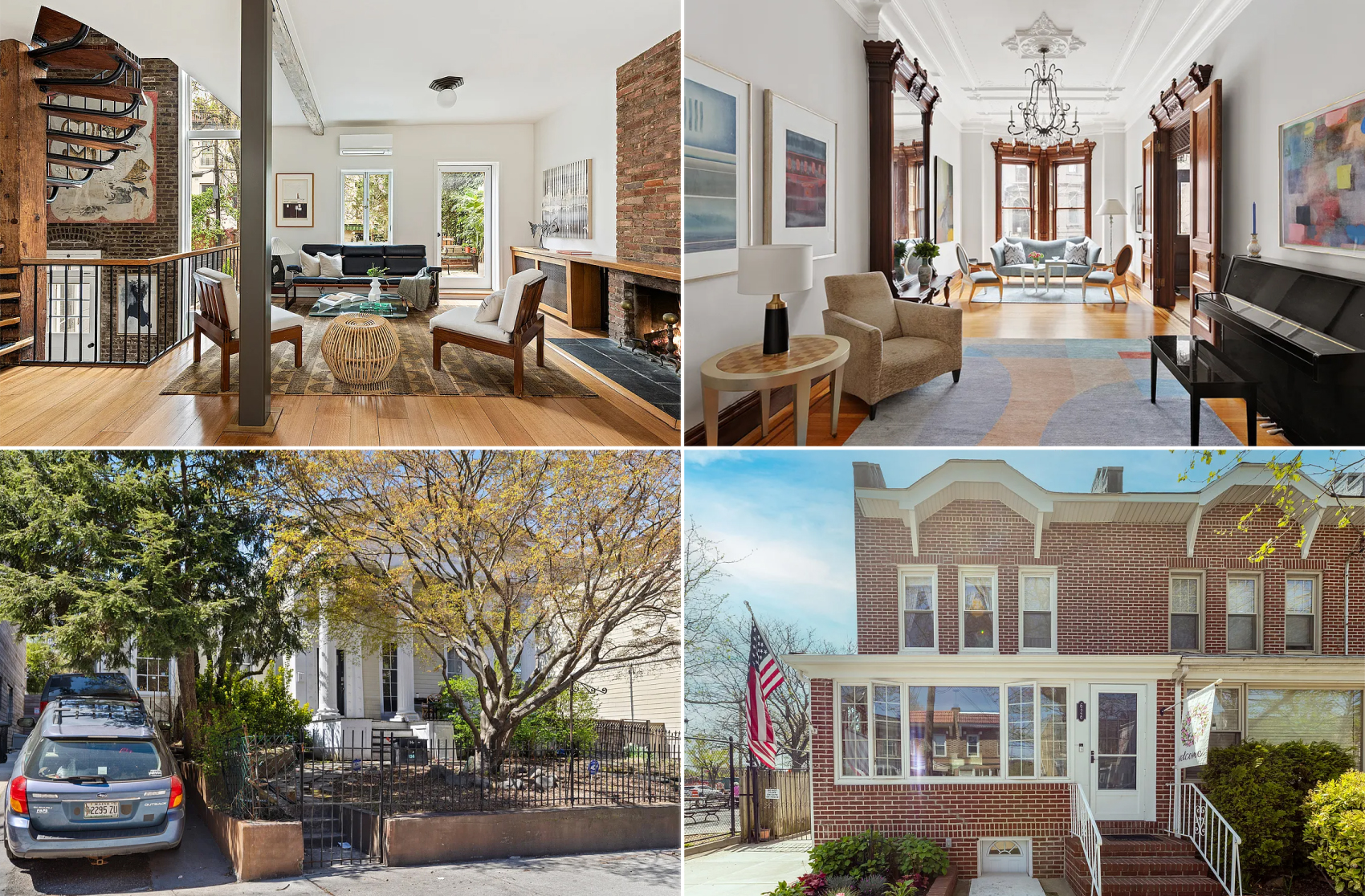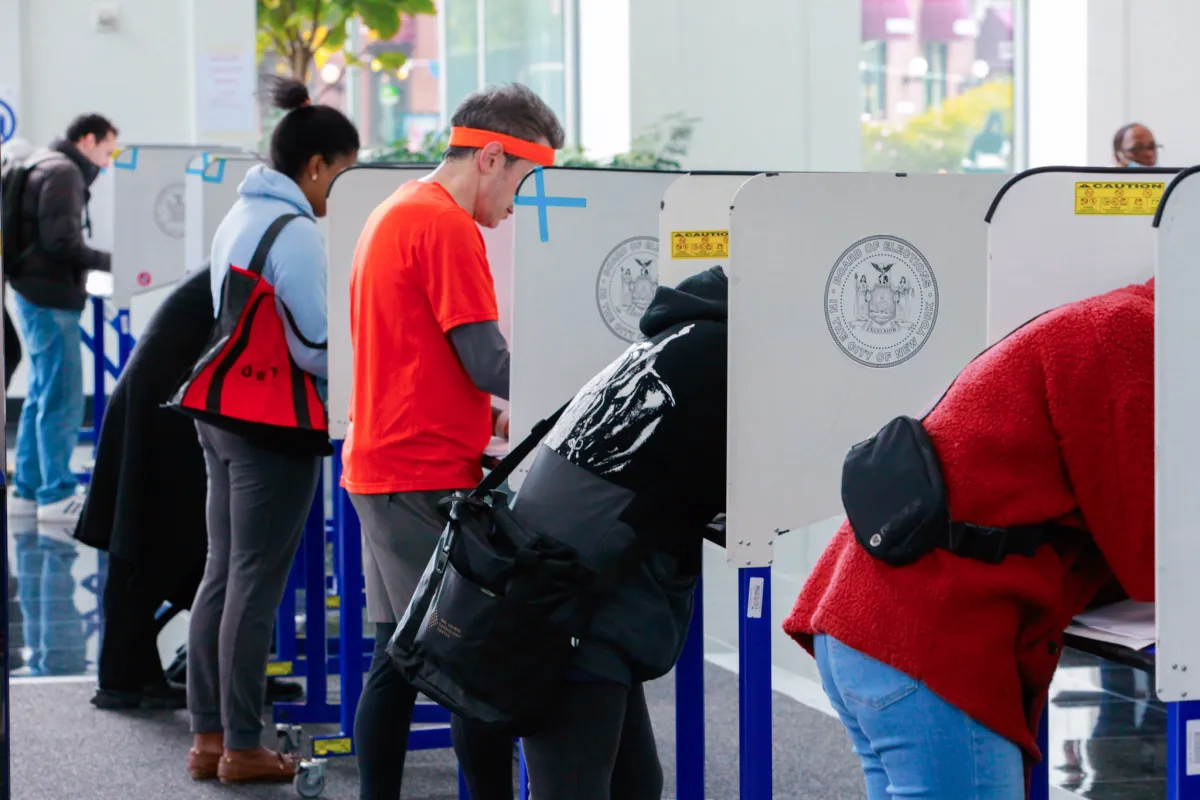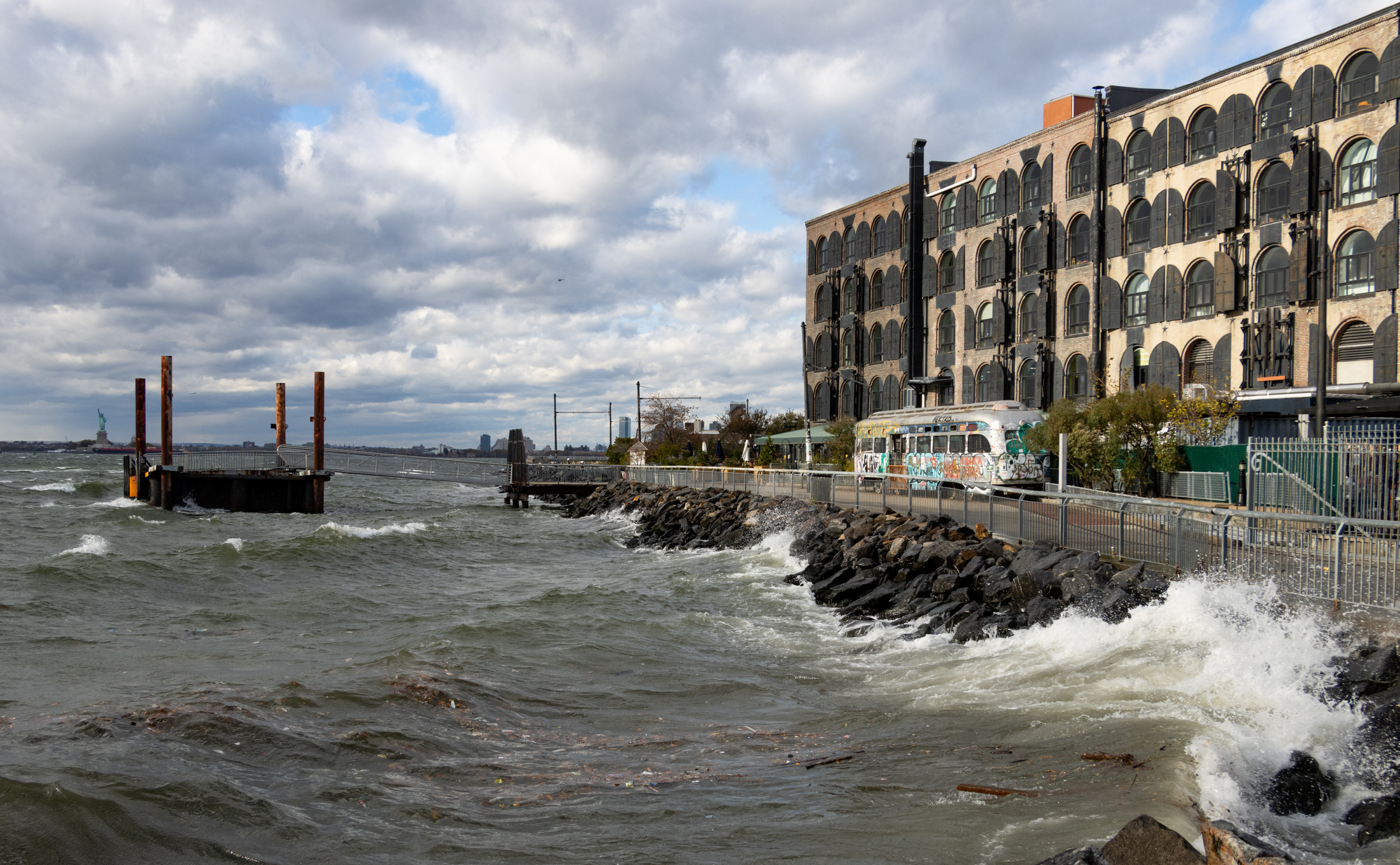Passive House Comes to Brooklyn Heights
[nggallery id=”53667″ template=galleryview] We were invited to tour an in-construction Passive House in Brooklyn Heights, a 1846 brownstone on Sydney Place that was badly remodeled in the 80s and is now receiving a gut renovation to accommodate to the most rigorous energy standard in the world. For details on what a Passive House is, you…
[nggallery id=”53667″ template=galleryview]
We were invited to tour an in-construction Passive House in Brooklyn Heights, a 1846 brownstone on Sydney Place that was badly remodeled in the 80s and is now receiving a gut renovation to accommodate to the most rigorous energy standard in the world. For details on what a Passive House is, you can visit this website or listen to this helpful NPR feature. We can tell you it is a house-wide energy system that uses an incredible amount of insulation and effective, insulated windows to create an airtight building. In this particular home, air source heat pumps bring fresh air into the house, filter the air, and then heat or cool the air which in turn heats or cools the house. (This is 80-90 percent more effective than a traditional heating or cooling system.) The contractor on the site, Sam McAfee, told us that the project is the first landmarked Passive House in the US, and the LPC has worked closely with them, especially with the windows. Through the winter, the home could maintaining 55 degrees without heat. Click through the photos to see how certain features in the home work in the system. Construction should be complete by this April.





Glad to see Vanessa keeps up with the latest trends in home-building 🙂
Vanessa… you’re probably a *bad* architect if this is how you think about the world. If nothing else, painfully pedantic.
Cooking is not heating. Do you design houses that included the oven and stove as primary heat sources?! Or when someone says “heating” do you think they mean something that is powered by a boiler or furnace?! Jesus H. Christmas.
ALSO… the primary heating sources for Passivhaus are PASSIVE things. Surprise Surprise! Things like sunlight and slightly less passive things like moving warm are from the top of the house to the bottom!
I REALLY hope your “architecture” is limited to designing pretty doorways and pergolas. If you are involved with HVAC, god help us!
but cooking IS heating – i’m an architect, and know something about the concept, but I also know a little bit about physics. not trying to be bitchy
v, what t6 said, but also passivhaus is warmed by owner activities in house, including heat of occupants, cooking, machinery, etc. That’s why you need massive amounts on insulation, and in a neew house, correct orientation for solar load, etc.
Vanessa…. you can at least take 30 seconds to find out what Passivhaus technology is before you write such bitchy ass statements.
Honestly they should spell it Passivhaus. It’s a German and Austrian invention after all…
forgive me, but I believe that the statement that the house can maintain an indoor temperature of 55 degrees without heating in the winter is total BS, unless the architect and contractor have somehow managed to overcome the Second Law of Thermodynamics
All anyone has to do is go over the the LPC site and download their rules and regulations info. Easy.
This is awesome. I can’t wait until this technology becomes more affordable.
I can haz subsidy?!?